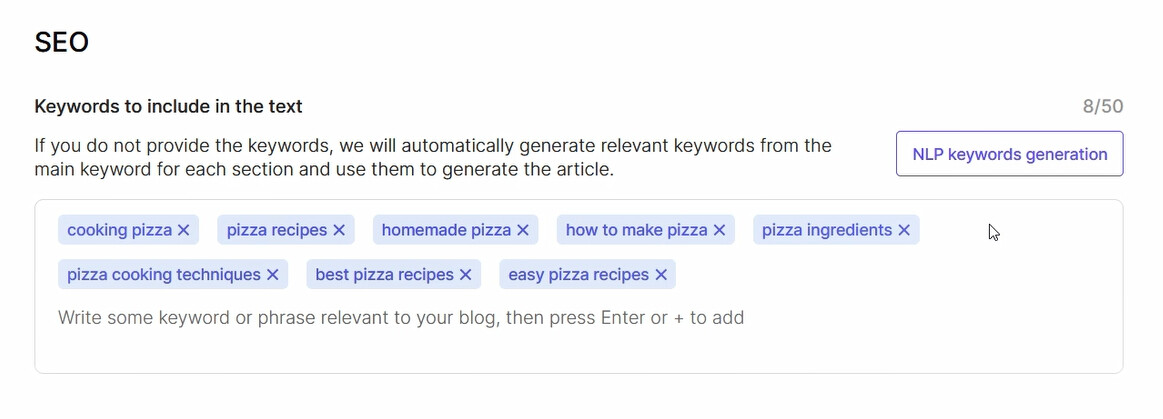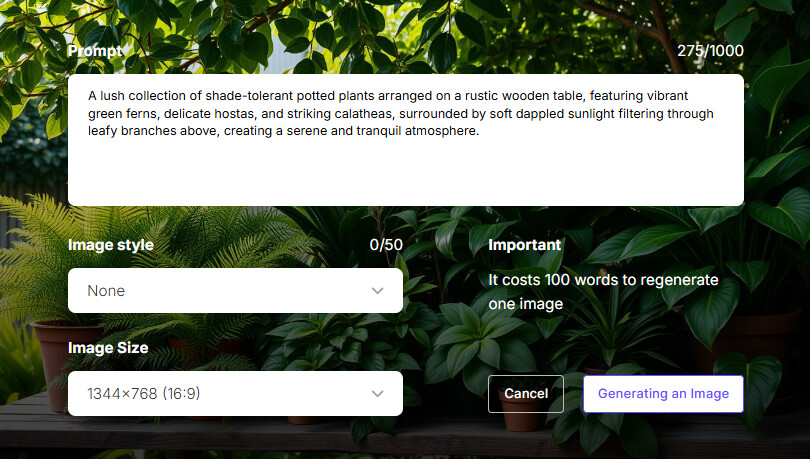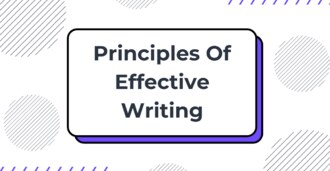Article vs. Blog: The Difference (Side-By-Side Comparison)

Is it an “article” or a “blog”?
Don’t worry, though. This is a common question many bloggers, freelance writers, and online content creators have.
The confusion arises because, most often, both terms are used interchangeably in regular usage.
But each one has a different purpose and use. Let’s break down article vs. blog differences and when to use each so that you can easily pick the right format that matches your writing.
What Is An Article?
According to the Dictionary.com, here’s the definition of an article:

An article is a formal, structured piece of writing designed to inform or educate.
Articles often dive deep into a subject, offering researched facts, detailed analysis, or expert opinions. They are typically published in magazines, newspapers, or professional websites.
For instance, all these are examples of well-researched medical articles for the query related to catching a cold:

Articles are usually:
-
To The Point in Length – Most range from 1,000 to 2,000 words, depending on complexity.
-
Formal in Tone – They lean on objectivity and professionalism.
-
Well-Researched – Backed by credible sources, interviews, or data.
-
In-Depth – Articles provide depth and cover a topic comprehensively.
What Is A Blog?
Now, according to Dictionary.com, here’s what a Blog means:

A “Blog Post” refers to the individual posts you write and publish on your website. And the “Blog” is the place on your site where all these blog posts are present. Sometimes, in normal conversations, a blog post is also referred to as a blog and used interchangeably. So that’s something worth considering!
A blog post is conversational, engaging, and designed to connect with readers. It’s usually written to inform, educate, or solve a problem.
Blog posts can range from how-to guides to product reviews. Common examples include "Top 10 Travel Tips" or “What Is Digital Marketing?”
For instance, these are all blog post examples targeting the landing page keyword:

Blogs are typically:
-
Shorter or Longer in Length – Most blogs range from 1,000 to 2,000 words but sometimes can be 3,000 words or more, depending on the topic's complexity.
-
Conversational in Tone – Written in a friendly, casual, and approachable voice.
-
Easy to Understand – They focus on clarity and readability.
-
SEO-Focused – Blogs often target specific keywords for search engines.
Related Read: Copywriting vs. SEO Content Writing
Now that we have got a quick overview of articles and blogs, let’s compare both side-by-side to get an in-depth understanding of their differences.
Differences Between Articles And Blogs
| Feature | Articles | Blogs |
|---|---|---|
| Length | Typically 1,000-2,000 words | Usually 1,000-3,000 words |
| Tone | Formal and educational | Casual and conversational |
| Purpose | Inform and educate in-depth | Engage, educate, or solve a problem |
| SEO Focus | Less emphasis on keywords | High emphasis on keywords |
| Structure | Highly structured, with sections and citations | Flexible, often with headers and lists |
| Publication Medium | Magazines, News Websites, Journals | Personal blogs, Review Blogs, Business blogs |
An article and a blog serve distinct purposes in content creation, though they may appear similar at first glance. Let's take a closer look and explore their main differences:
1. Content Approach And Structure
Articles maintain a more rigid structure with a clear introduction, body, and conclusion sections. They often include formal citations, expert quotes, and statistical data presented in a scholarly manner.
For example, a medical article about diabetes would include clinical study references, expert opinions from endocrinologists, and peer-reviewed research findings.
Blogs, however, follow a more flexible structure that can adapt to the content flow. A blog about managing diabetes might include personal experiences, practical tips, and relatable examples without formal citations.
2. Writing Style And Voice
Articles use a professional that maintains emotional distance from the subject matter. They avoid personal pronouns and casual language, focusing instead on presenting information objectively.
Blogs use a personal, conversational style. For example, while an article might include "Research indicates that exercise reduces stress levels," a blog might say, "I've found that my morning runs help me stay calm throughout the day."
3. Content Depth And Research
Articles demonstrate in-depth research with multiple credible sources, often including opposing viewpoints and detailed analysis. They typically require extensive background research, expert interviews, and fact-checking.
Blogs can be based on personal experience, opinion, or curated information, with less emphasis on formal research. An article about climate change would include peer-reviewed studies and expert analysis, while a blog might focus on practical tips for reducing carbon footprint.
4. Publishing Platform
Articles typically appear in professional publications like academic journals, news websites, or industry magazines. They undergo editorial review and fact-checking processes.
Blogs are usually published on personal or business websites with less formal oversight. Many blogs allow reader comments and encourage community interaction, while articles rarely include this feature.
5. SEO Optimization
Articles focus less on search engine optimization and more on providing complete information. They may include keywords naturally, but don't prioritize them.
On the other hand, Blogs focus a lot on SEO strategies, including targeted keywords, meta descriptions, and internal linking. For instance, a blog about cooking would likely target specific recipe-related keywords, while an article about cooking would focus more on accurate information presentation.
6. Length And Depth
Articles maintain consistent depth throughout the piece, typically ranging from 1,000 to 2,000 words, depending on the publication and topic complexity. But sometimes, it can be more if the topic is complex and it’s an in-depth research-based journal article.
On the other hand, blog posts can be from quick 1000-word to in-depth 3,000-word guides or more, adjusting based on the topic and audience needs.
How To Choose Between An Article And A Blog?
When deciding between an article and a blog, it comes down to your goals. Start by asking:
-
What do you want to achieve? Inform your audience in detail or engage them quickly?
-
Who is your audience? Are they looking for professional depth or friendly advice?
Pro Tip: Use articles for evergreen topics, thought leadership, or detailed guides. Choose blogs for sharing tips and updates in a digestible format.
Challenges In Creating Articles Or Blogs (And How To Fix)
Creating content isn’t easy. Articles take time to research, write, and edit. Blogs also need to be engaging and SEO-friendly. Both require consistency, a proper strategy, and an understanding of your audience.
That’s where SEOWriting comes in. It helps you automate many repetitive content creation processes, and write more articles or blogs in less time.

With features like one-click SEO content generation and a customizable blog post introduction, you can create content that’s SEO-Optimized.

Use its NLP keywords for SEO or let it handle auto internal and external linking to save hours.

Need visuals? The built-in AI image generator ensures your content stands out.

For WordPress users, SEOWriting also comes with an auto-posting feature that allows you to automate the publishing process.
Final Thoughts
Articles and blogs both have their place in your content strategy. Articles are great for in-depth, research-backed content, while blogs are great for creating engaging content. But crafting both—consistently—can take time.
SEOWriting makes it easy. With tools designed to create SEO-optimized content in one click, you can focus on your strategy and growth.
Try SEOWriting for FREE and start creating high-quality articles and blog posts!



Write 10X Faster With AI-Powered Content
Create SEO-optimized articles in 15 minutes instead of 5 hours. Join 50,000+ content creators who generate content that ranks on top positions on Google. Save up to 80% of your time while getting 2X better results.
Try for Free →
